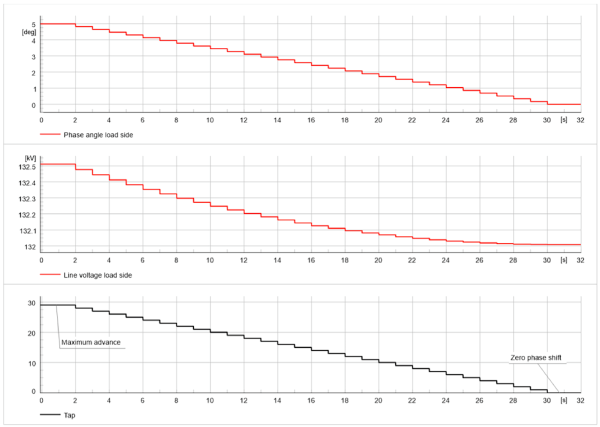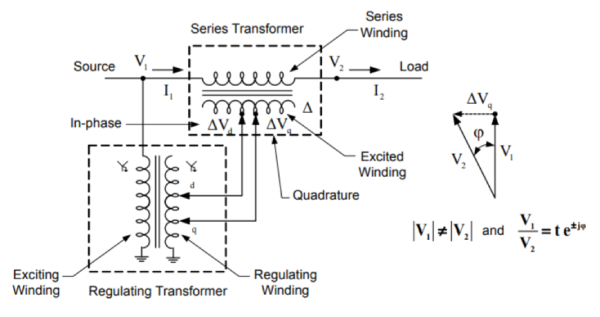Quadrature Booster Project
Quadrature Booster Project Brief
We worked with the client to control the power flows in the National Grid’s LNG site on the Isle of Grain. They needed to control the power flow from a number of local generators on site, to loads through a ‘private wire’ connection, rather than importing through a National Grid connection. Due to the specialist nature of this project we continue to work with the client to refine our solution.
Quadrature Booster Project Challenge
The project required our team to investigate a solution that would maintain a high proportion of power flow through a ‘private wire’ connection to the Grain LNG loads, while minimising the power imported from the National Grid connection. This was made more challenging due to the short lengths of the cables supplying the loads.
Quadrature Booster Project Solution
The solution suggested by the client, was to utilise a Quadrature Booster to regulate the power flow through the ‘private wire’ circuit. Quadrature Boosters are quite rare outside of the National Grid transmission system as they are usually associated with higher voltage levels and longer line spans to control power flows, often to ensure circuits are not overloaded. This meant we had to create a detailed system model incorporating a provisional quadrature booster specification.
We carried out simulations, sweeping the tap position to assess the regulation capabilities of the quadrature booster in the Grain LNG system under multiple generation, load and export scenarios. After submitting our initial reports to the client, suggesting a refined tap resolution and following a joint meeting with our client and the manufacturer of the quadrature booster, our proposed solution was taken on board and the manufacturer later produced a revised specification. Based on the revised tap settings our team conducted further simulations and have found that we now have a finer resolution, meaning we have more control of the power flow.
As we have to date, modelled the quadrature booster based on an industry standard ‘simplified’ approach, we are now exploring the options of producing a detailed model for further accuracy and confirmation of the intended, non-standard use. This will allow us to offer a more sophisticated solution to the client with a further reduction of risk of modelling uncertainties.
Find out more about our Electrical System Design services.

Transformer no load tap simulation

General principle of operation of Quadrature-Booster Transformers

